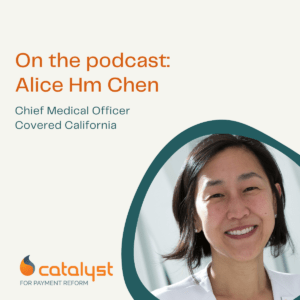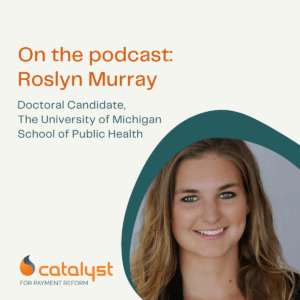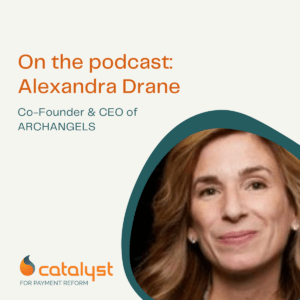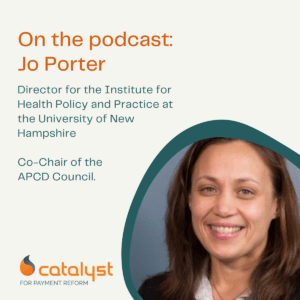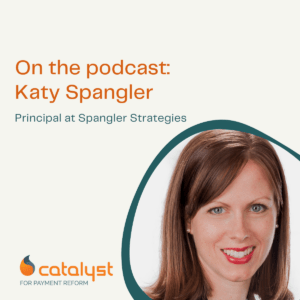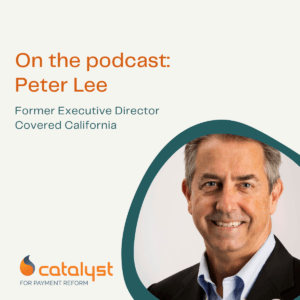
Peter Lee on the last twenty years in health care reform
Suzanne calls up Peter Lee, the former Executive Director of Covered California to talk about the last twenty years in health care reform. He explains how many of the payment reforms executed in the commercial space have really been on the margins, and many employees are spending more for worse care than ever before.
So what’s the problem? Lack of real alignment on measures, and not enough dollars at play at the right level. “We focused a lot on provider level payment…not at the health plans. Health care is a team sport, if we aren’t making the quarterback of the team, the health plans, accountable for quality and value, nothing is going to happen.”


